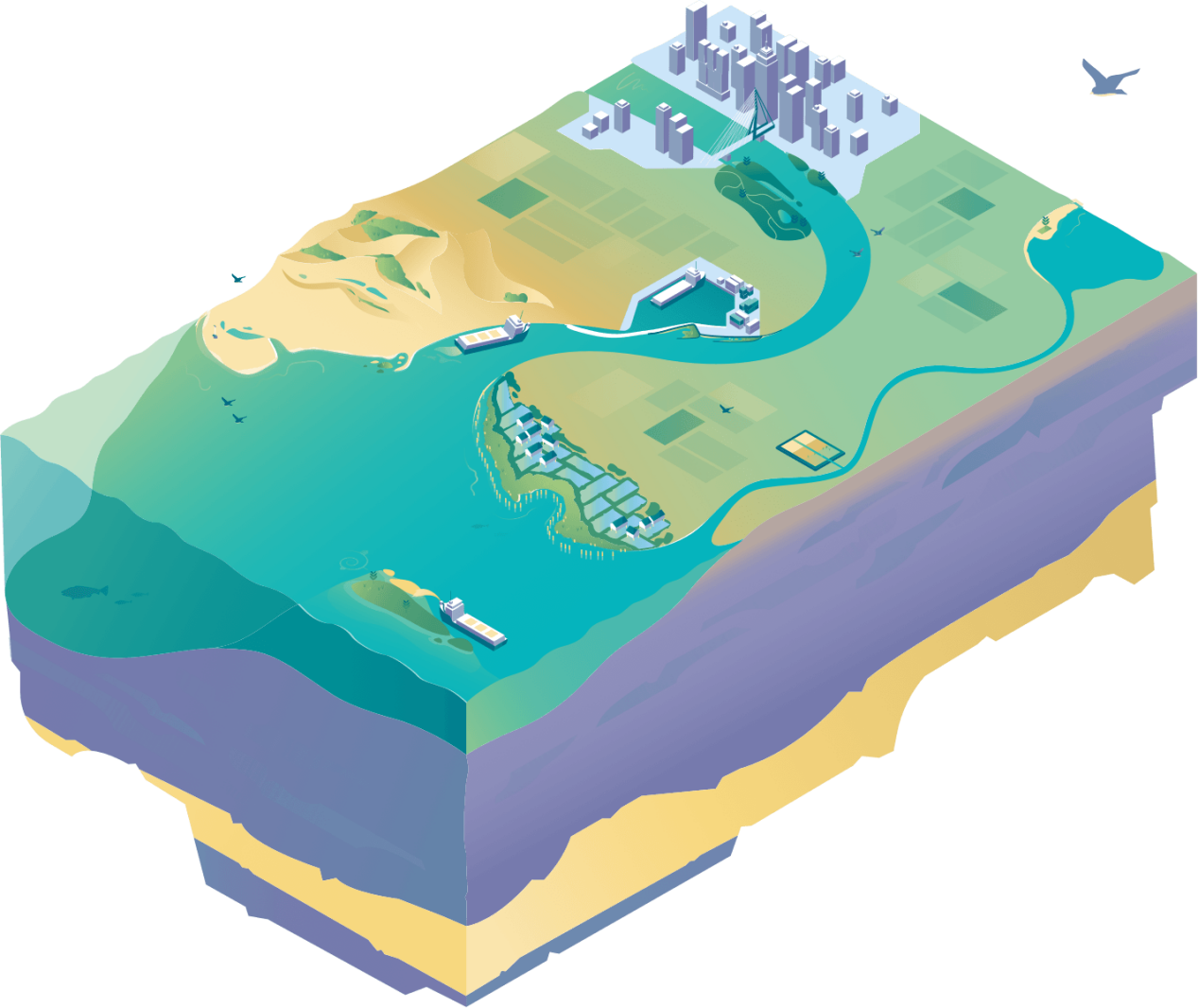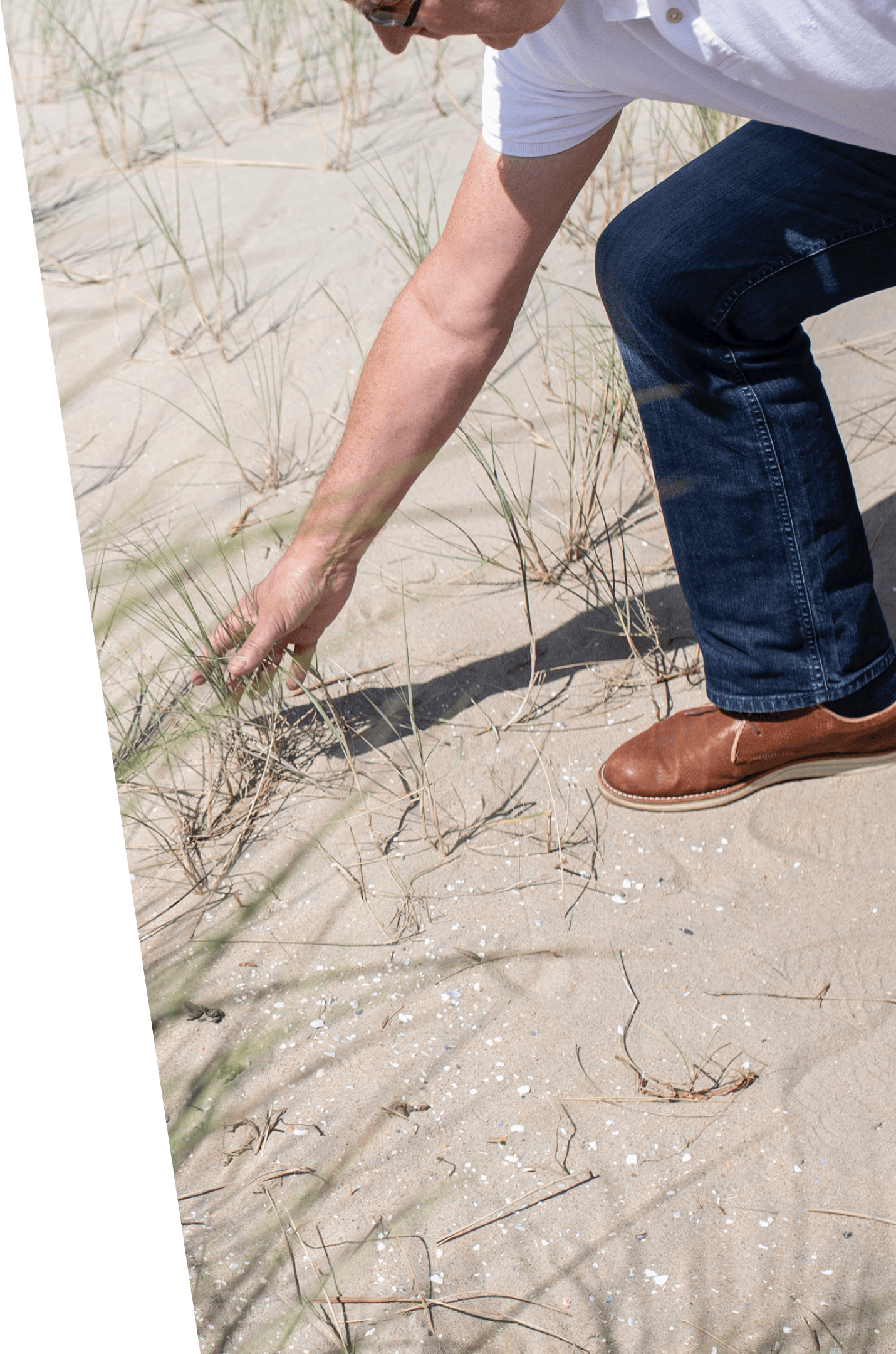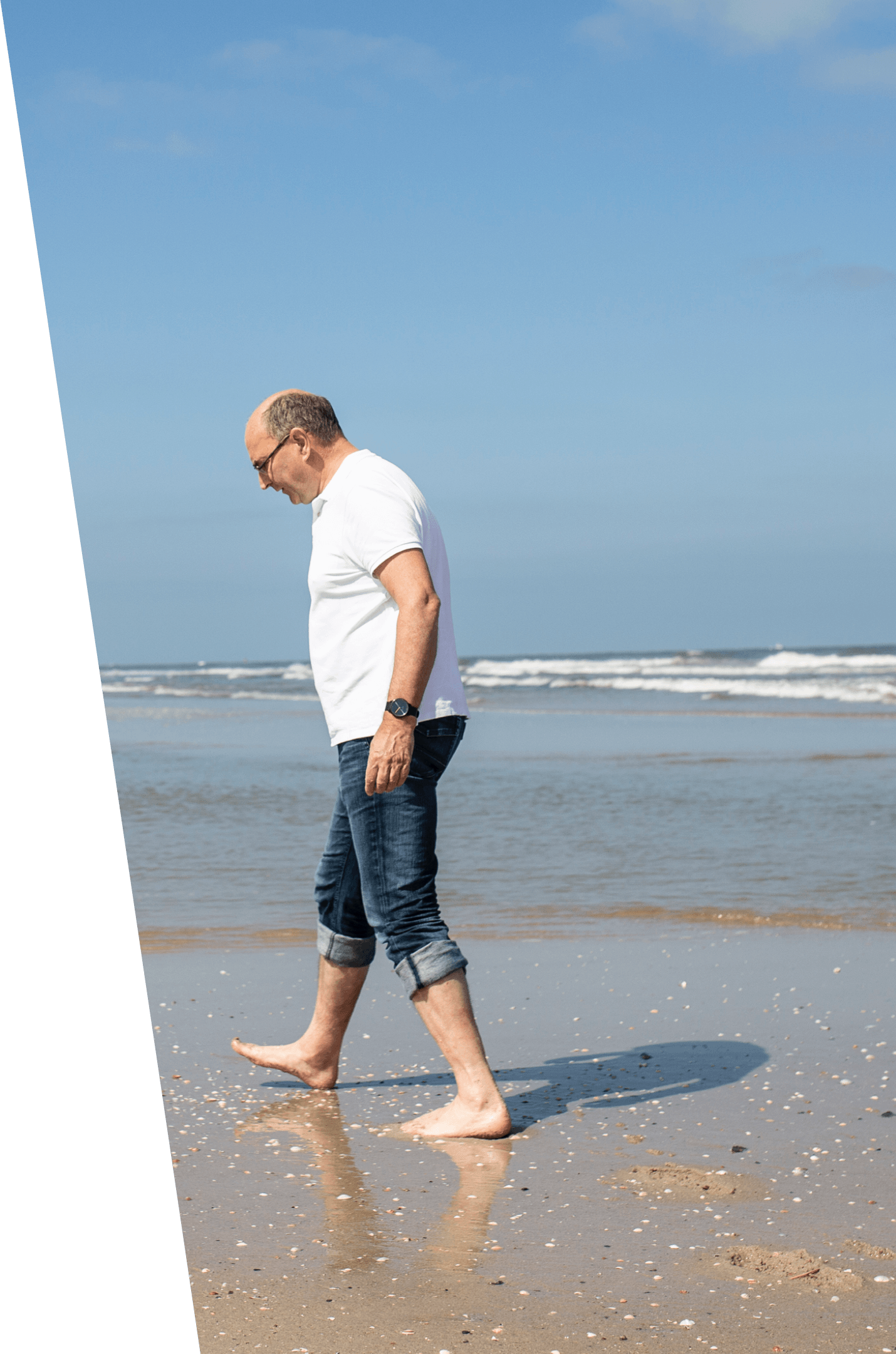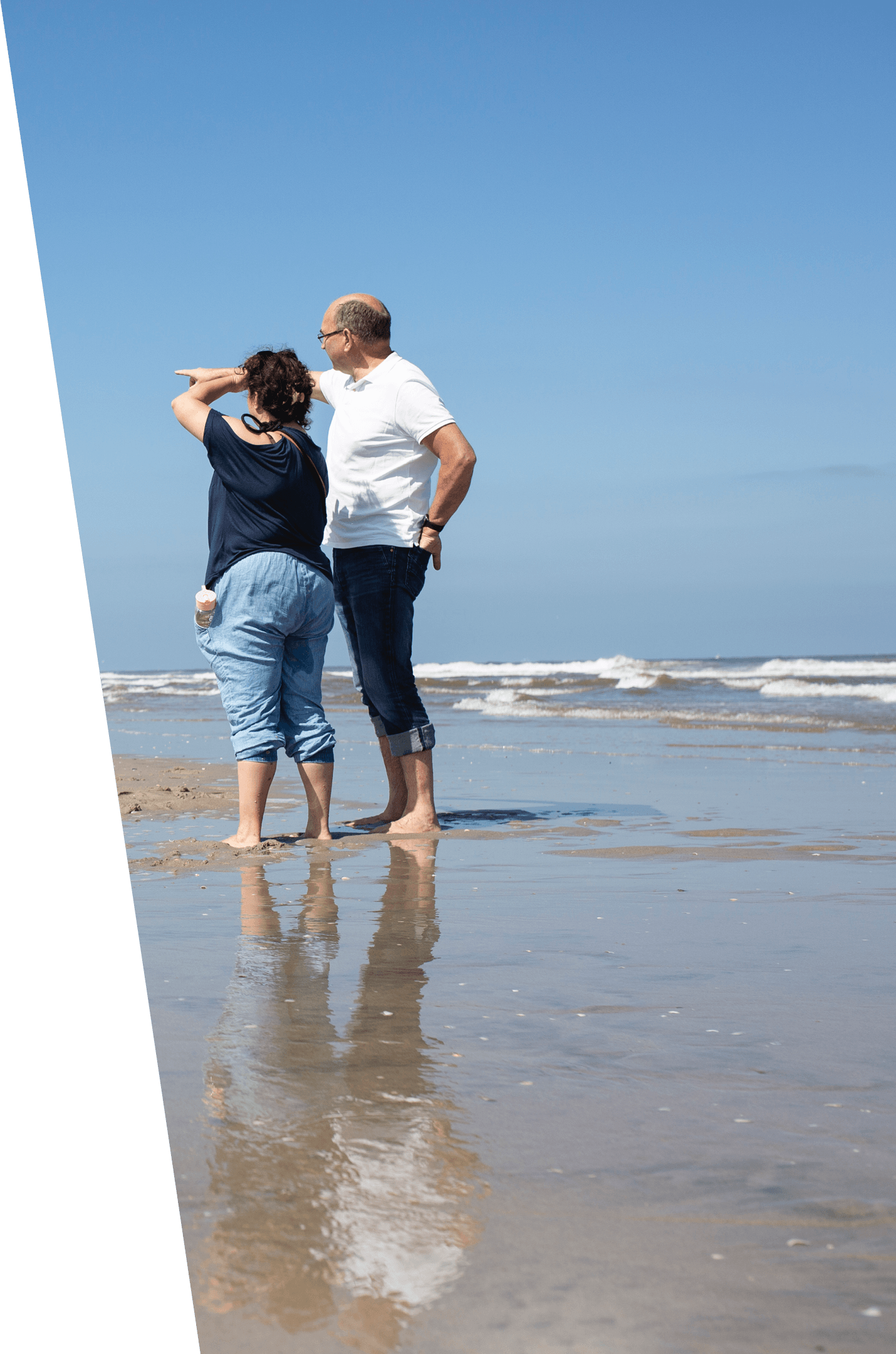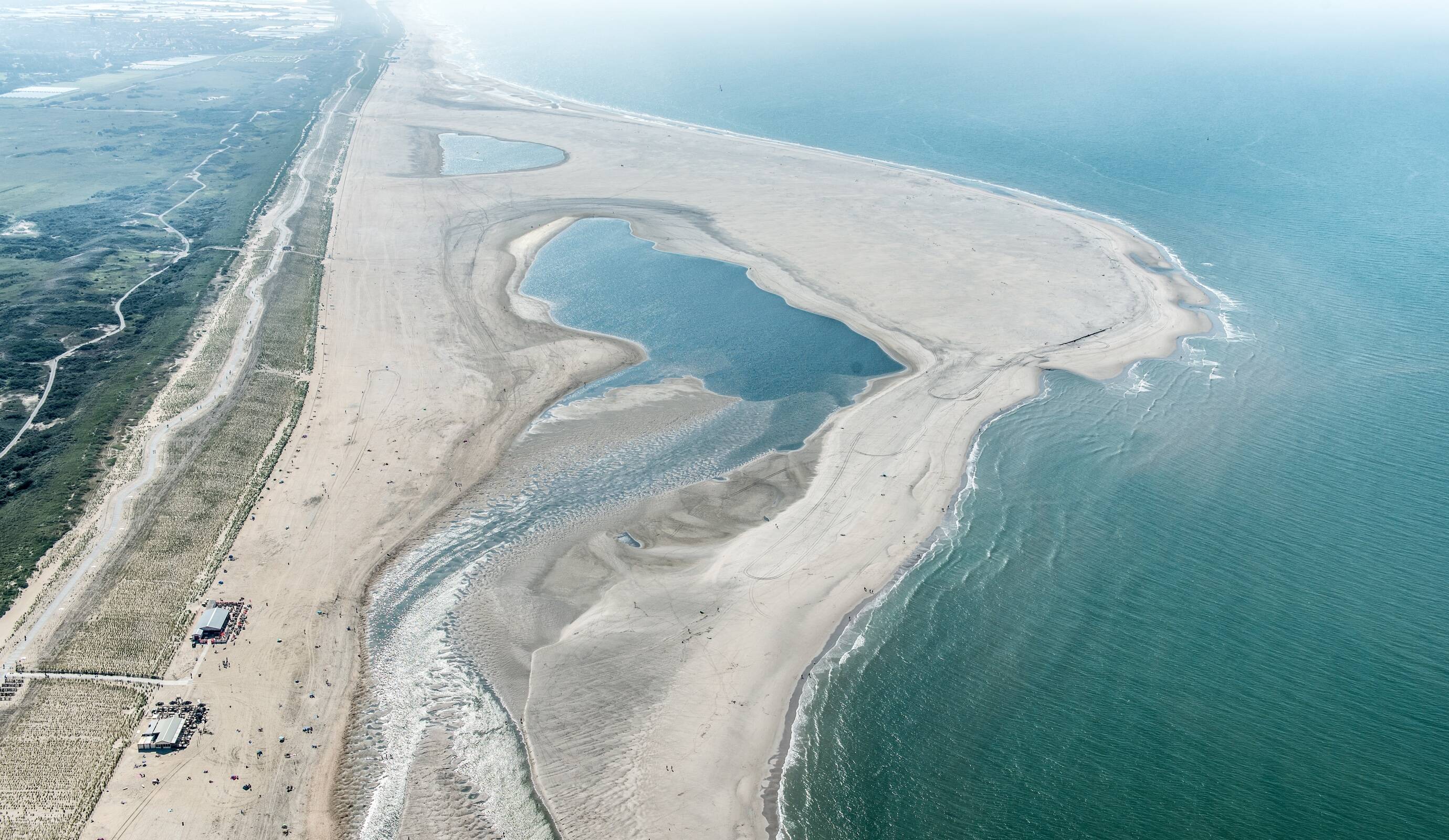Henk Nieboer
Director of EcoShape
Building with nature is becoming increasingly important in marine engineering. In times of climate change and biodiversity loss, it is vital to look beyond traditional civil engineering measures. This is why the 'Building with Nature' innovation programme, managed by the EcoShape foundation, was set up. As director of EcoShape, Henk Nieboer sees that building with nature is not yet an accepted way of working, but that the philosophy is being increasingly embraced.
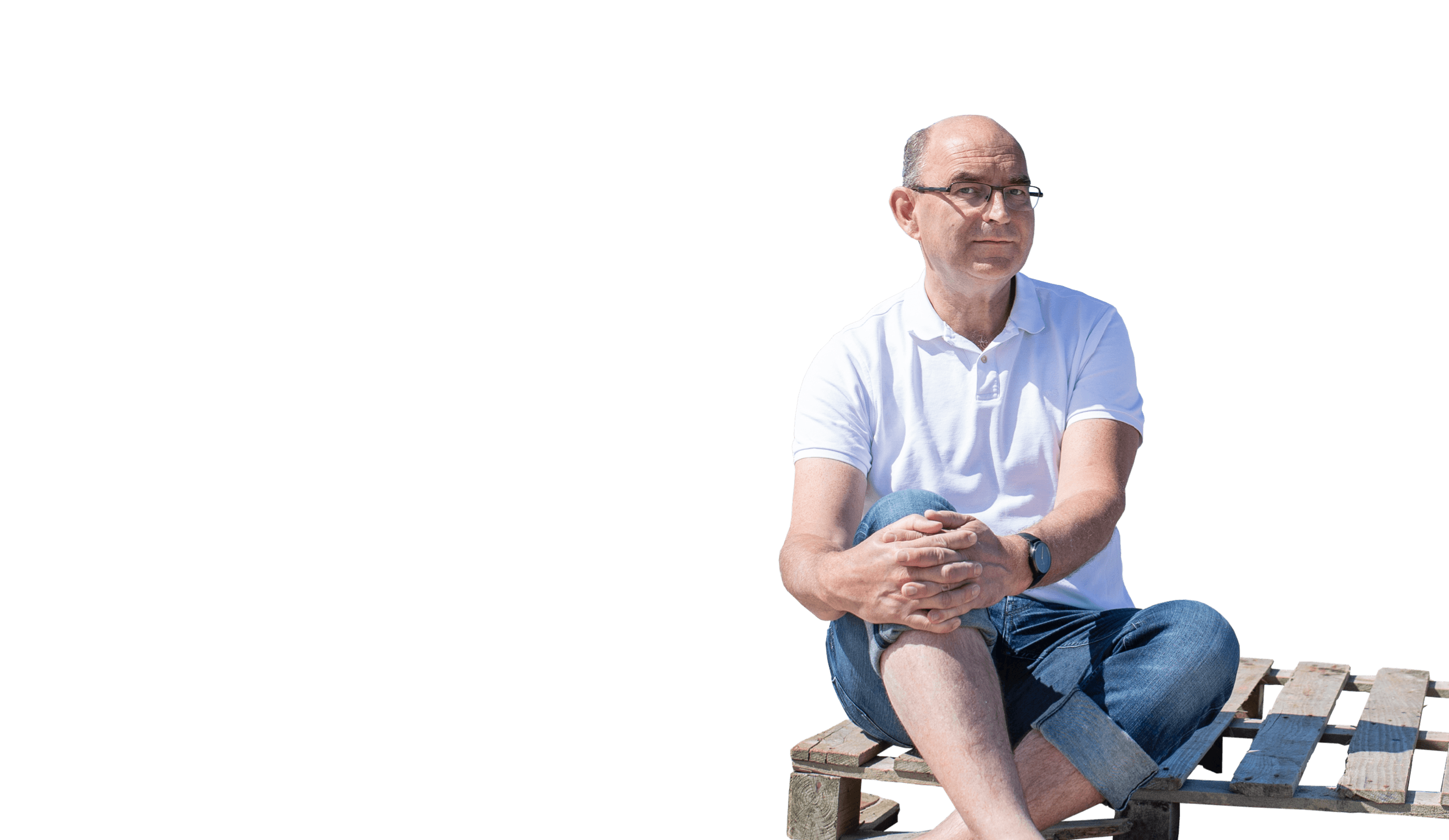








Anneke Hibma
Manager Engineering at Van Oord
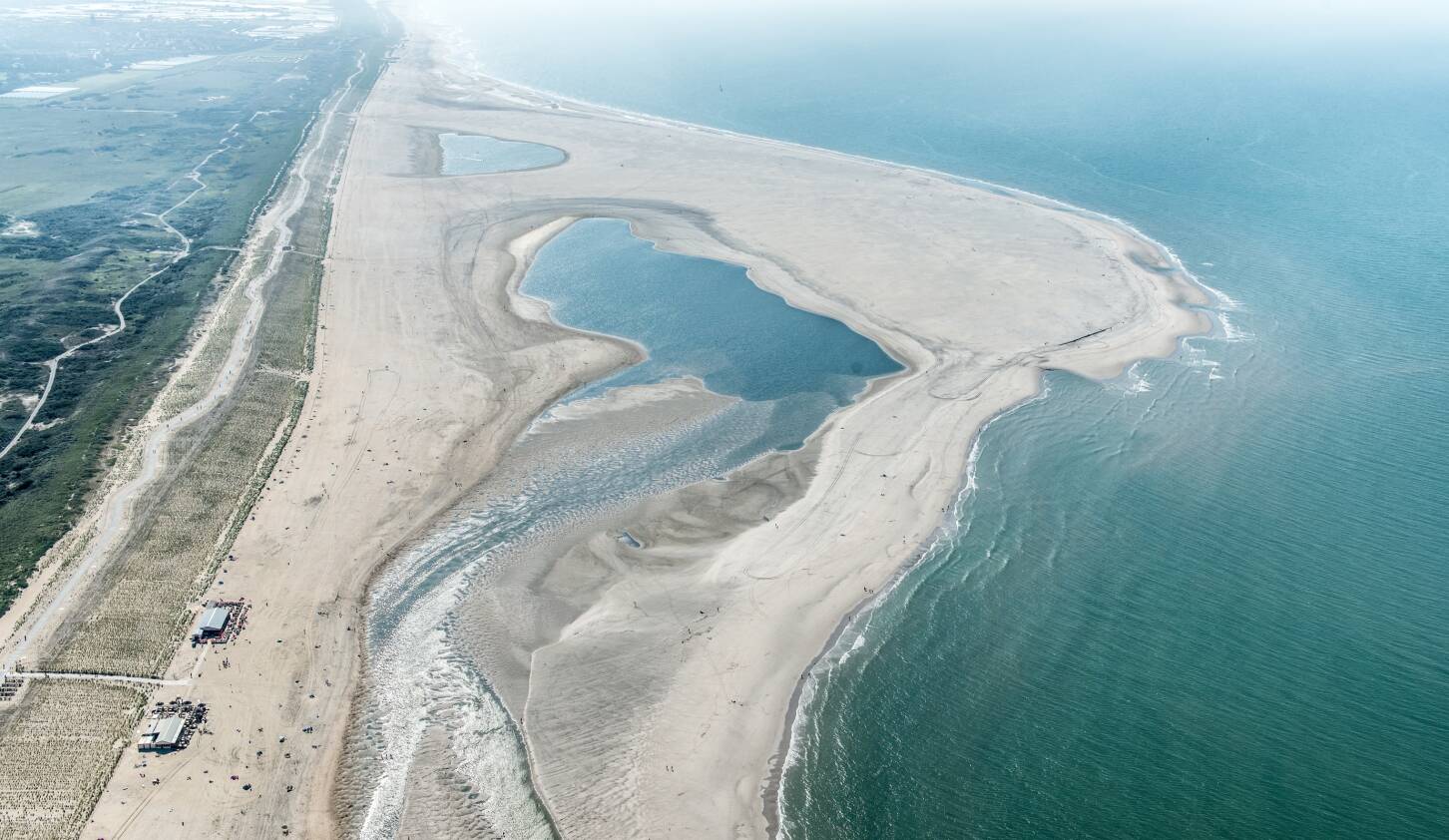
After 10 years involvement in EcoShape, we have learned that building with nature works. We have carried out many small and large pilots all over the world and a great deal of energy has been put into spreading the ideas. This we must continue to do so. We also see that attention is shifting to how to implement and manage in practice. We can build anything requested in tenders, but we also offer innovative sustainable solutions. Our goal is to ensure that building with nature becomes the question and not the answer. This year we’ve made a good start. Van Oord, working as part of Team Van Oord, executed the Bacton to Walcott Coastal Management (Sandscaping) Scheme. It is the first sandscaping scheme on this scale to be carried out in the UK.
involvement
Van Oord's

Henk Nieboer
Director of EcoShape

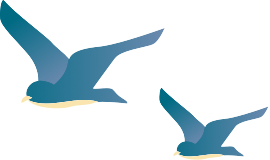
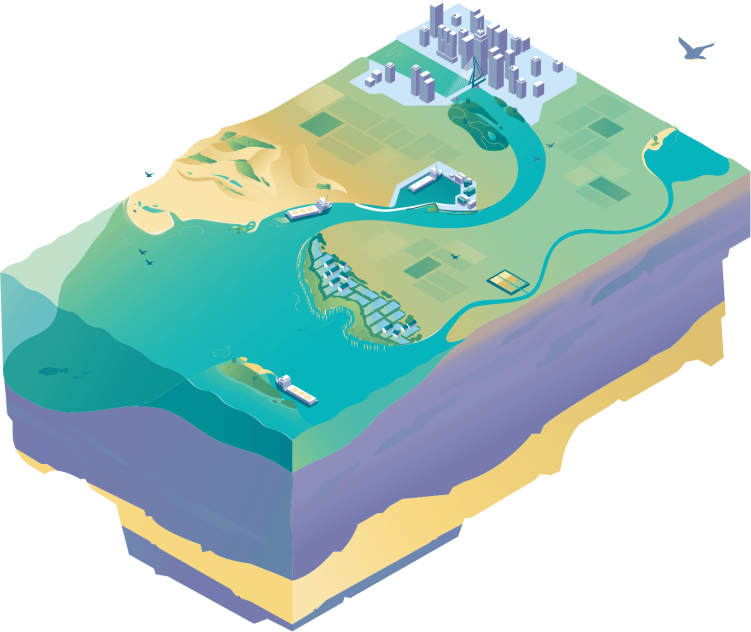
View concepts
tested by EcoShape
In the case of nature-based solutions, we cannot remove all the uncertainties in the management phase, otherwise it will no longer be nature. But we do need to change the style of management to 'adaptive management', matching the way such an area develops. Look for example at aerial photographs of the Sand Motor to see where we are now. It looks very different today from what it did a few years ago. This requires a slightly different approach to coastal management than in the past. We need to use appropriate, long-term forms of contract and new ways of tendering.
If you build with nature, you build with a living system. That involves a certain degree of unpredictability. You're not sure how the process will go, because the solution keeps changing over the years. In the future, you must continue to monitor the project and intervene if something unexpected happens. Management and analysis are important components in this way of working. You have to have the organisation and the resources to do that. I see a willingness on the part of public authorities to make a one-off investment, but there's barely any ambition when it comes to a long-term effort for management. This often does not go beyond the level of 'maintaining'.
There is a lot of talk about building with nature, but it is not often taken into consideration in new projects. It's not yet an accepted method. Projects are difficult to get off the ground because of uncertainties about nature's long-term behaviour, legislation and organisational obstacles. There are, however, some excellent pilots. At EcoShape, we try to let building with nature be the question rather than the answer. Our programme was initiated by private parties such as Van Oord. This is unique in our sector, because innovation programmes are usually set up by the government and knowledge institutions. There is relatively little connection with the business community in programmes like these. In this innovation programme we put all parties in the chain on an equal footing which promotes an efficient knowledge transfer.
Why do we need an innovation programme to launch building with nature?
A paradigm shift – from building in nature to building with nature – is needed to ensure a sustainable future. A new way of designing that makes use of nature, creating opportunities for the economy, nature and society at the same time. That's what Henk is trying to do with EcoShape.
We must combat the biodiversity crisis. Every new project that is started somewhere in the world is an opportunity to reverse this negative trend. But then we really have to exploit the power of nature. I'd like to make a case for that. With nature-based solutions, we can preserve, enhance or create ecosystems ourselves. And often it is even cheaper than a traditional solution, while in the market there is a perception that it is a more expensive solution. With the Building with Nature innovation programme, we are working on this image. The follow-up programme of EcoShape might be more focused on implementing international projects. Many countries are enthusiastic, so it’s now time to convert that enthusiasm into action.
Why is it important for us to build more with nature in the future?
That is a project in Indonesia, where we are stabilising a 30-kilometre coastline with new mangrove. There is a lot of silt in the water, so we used simple constructions to boost sedimentation. Such as dams that the people can build with local resources. Behind the dams, the waves are smaller, resulting in sedimentation. After one season, we saw enormous amounts of silt settle resulting in the creation of mud flats. These mud flats are then colonised by mangroves. The investment costs of such a project are relatively low. It only requires a different approach. If you have to build a sea dike of that length involving the same safety, it will cost tens of millions. This does, of course, take more time and you have to do it with the local community. They need to understand that they shouldn’t cut down that mangrove again to build fish ponds. You have to teach them how to use new aquaculture techniques to increase the yield in the fish ponds behind the mangrove. Then it has a chance of success.
The challenge is that you can't copy these kinds of projects on a one-on-one basis in other countries. After all, the institutional setting differs from country to country. The division of tasks between public and private and legislation considerations are different every time. Each project needs a completely different approach and that makes building with nature complex.
Which project that you worked on symbolises the Building with Nature philosophy?
Building with nature offers added value compared with a traditional solution. Think of natural water purification, natural CO2 storage or providing opportunities for recreation. These are ecosystem services that not only solve the problem, but also provide additional benefits. Take, for example, recreation, here on the Sand Motor. It wasn't there before at this scale. Calculate that worth and you've valued an ecosystem service. There should be a standard so that we can measure the value of a natural solution in the same way in all projects.
Building with nature, however, also yields more. What must be done to determine that value?
Why is it that the different parties are sometimes still reluctant to find a natural solution?
Building with nature is becoming increasingly important in marine engineering. In times of climate change and biodiversity loss, it is vital to look beyond traditional civil engineering measures. This is why the 'Building with Nature' innovation programme, managed by the EcoShape foundation, was set up. As director of EcoShape, Henk Nieboer sees that building with nature is not yet an accepted way of working, but that the philosophy is being increasingly embraced.




